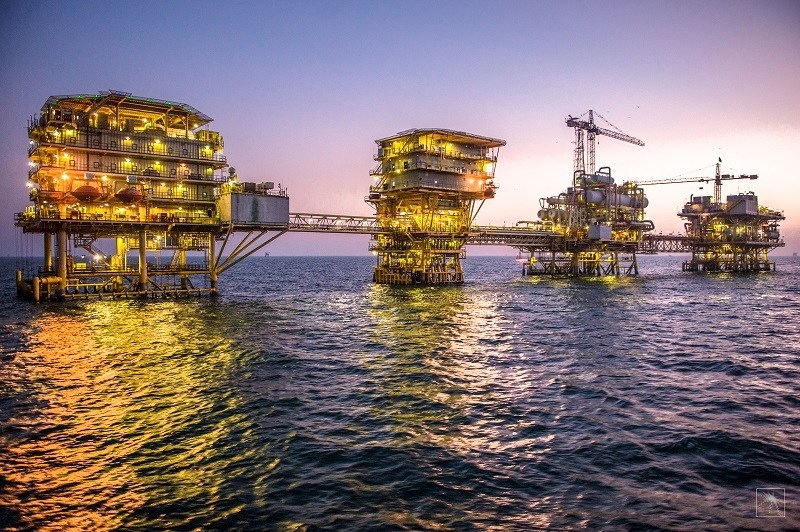
Al-Jadaan told media this week that the Kingdom might issue bonds worth $26.57 billion (100 billion riyals) this year in addition to an earlier issue of $31.88 billion (120 billion riyals) worth of debt.
Saudi Aramco, for its part, is considering a $10 billion sale in part of its pipeline business, Bloomberg reported on Thursday.
“The kingdom went through similar crises in its history – maybe even worse – and was able to pass through them,” Al-Jadaan said. “This is not an exception.”
Most observers note that this price crisis is like no other in history. The unique combination of excess supply and a 30 percent drop in demand weighs heavily on oil-dependent economies throughout the world, and even low-cost Saudi Arabia is not exempt.
The oil market is indeed flooded. The Wall Street Journal reported earlier this week, citing Saudi oil officials, that at least one in every ten VLCCs, each capable of carrying 2 million barrels of oil, is used for floating storage with many holding Saudi crude. Some of that, the sources said, had yet to find buyers.
Saudi Arabia is bracing for the inevitable blow. In March, the government asked state agencies to cut their budgets by at least 20 percent, Reuters reported, citing sources in the know who declined to be named. That was before OPEC+ agreed to implement cuts of 9.7 million bpd in hopes this would help prices. It didn’t.
Now, according to an analyst with an Egypt-based investment bank, the Saudi deficit could widen to 15 percent of GDP, Bloomberg notes. That would be less than the 17 percent recorded for 2016, but it would still be quite brutal for the Kingdom that had to roll back austerity measures it implemented during the 2014-2016 crisis pretty quickly as bureaucrats rebelled.


